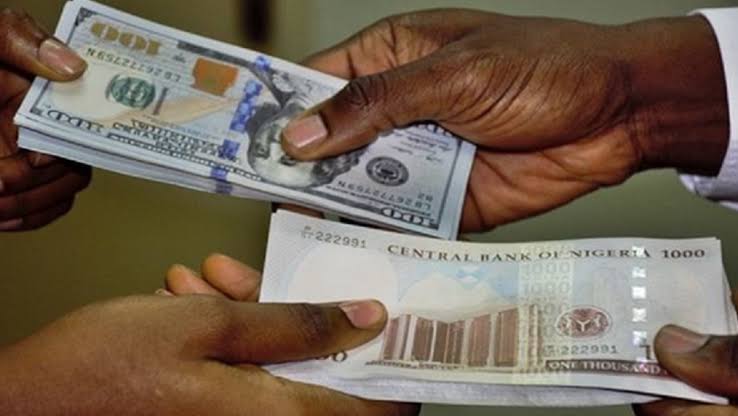The Nigerian naira strengthened slightly on the official foreign exchange market today, while the parallel market remained around N1,500 per dollar, sustaining a significant premium over the Central Bank’s NFEM benchmark rate.
According to market tracking platforms, the NFEM, which represents the Central Bank’s official daily rate based on the volume-weighted average price, opened at roughly N1,462.50 to the US dollar on October 13.
This rate serves as a key reference for analysts and companies when setting cross-border prices and reporting.
On the parallel, or informal, market, dealers quoted about ₦1,500 per dollar for cash sales in major cities including Lagos and Abuja. This rate has remained largely unchanged in recent days but continues to sit above the NFEM level, reflecting liquidity constraints and strong retail demand. The parallel market is commonly used for small cash transactions and remittances outside official FX channels.
Experts’ opinion
Experts say several factors contribute to the persistent gap between the official and parallel rates, including limited dollar turnover in certain market segments, sustained demand for cash dollars, and delays in the transmission of monetary policy. The Central Bank’s recent monetary easing — a 50 basis-point cut in late September — has boosted market sentiment but has not fully resolved the discrepancies between the two rates.
Implications for Businesses and Everyday Nigerians
For businesses and consumers, the implications are clear. Importers and corporates accessing the NFEM or FMDQ window may benefit from slightly cheaper dollar funding, improving margins on imported goods. Meanwhile, retail consumers and small traders relying on cash dollars continue to face the higher parallel rate of around ₦1,500, impacting remittances and travel budgets. Those converting larger amounts through formal banking channels may still transact at the NFEM rate.
Analysts note that the gap between official and parallel market rates is likely to persist until formal FX liquidity improves significantly — either through increased inflows, greater offshore investor participation, or targeted Central Bank interventions to manage dollar supply.

